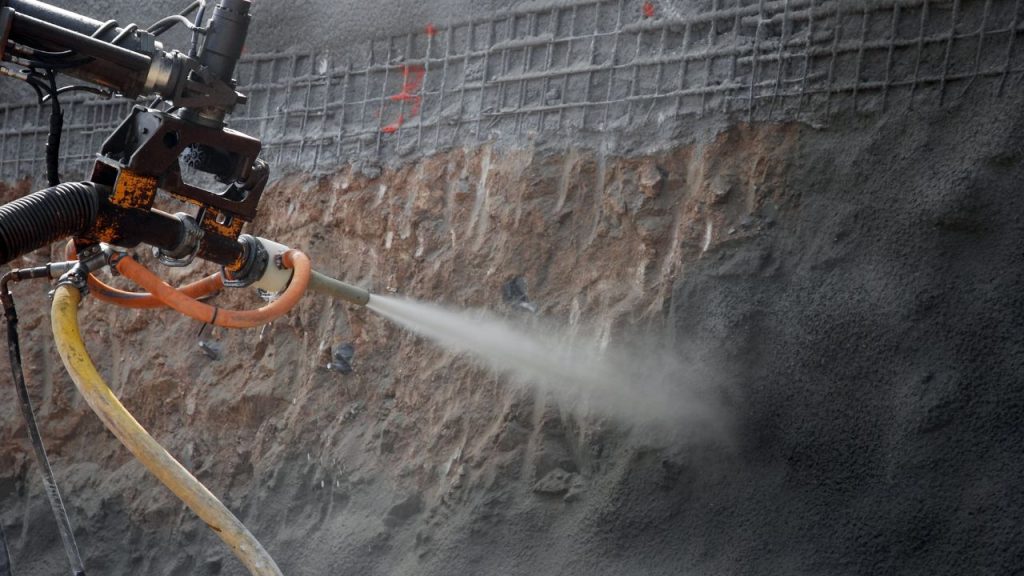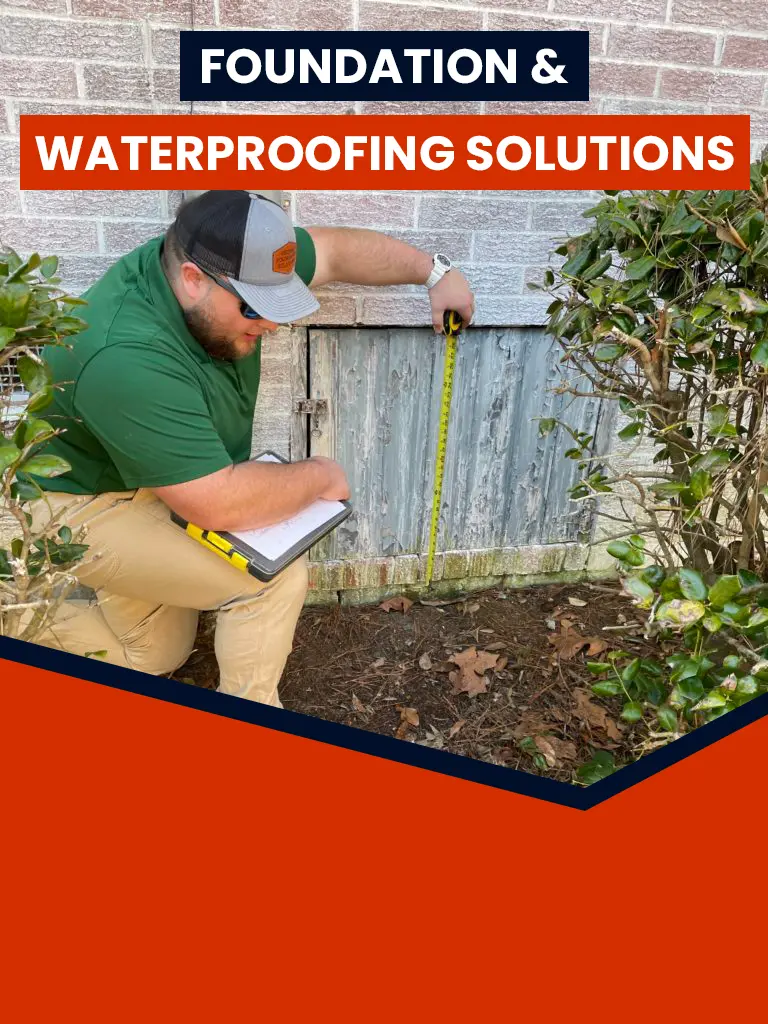Slab foundations are a common type of foundation for homes, especially in areas with warmer climates like Georgia. They offer a cost-effective and durable way to support a house, but over time, even the sturdiest slabs can develop slab foundation issues.
Cracks, shifting, and moisture-related problems are among the most common challenges that homeowners face with slab foundations. If left unattended, slab foundation issues can lead to serious damage and expensive repairs. In this article, we’ll cover how to address slab foundation issues and what steps you can take to protect your home.
1. Identifying Slab Foundation Issues
Before you can address foundation issues, it’s important to recognize the signs that something is wrong. Here are some common symptoms that your slab foundation may be in trouble:
- Cracks in the foundation: Small hairline cracks may not be a concern, but larger or spreading cracks could indicate a problem.
- Uneven floors: If your floors feel sloped or uneven, this could be a sign of foundation settling.
- Doors and windows that stick: If your doors and windows are suddenly difficult to open or close, the foundation may be shifting.
- Cracks in walls or ceilings: These can be a sign that your foundation is settling unevenly.
- Water pooling around the foundation: Poor drainage can lead to water seeping into or eroding the soil under your foundation.
If you notice any of these signs, it’s important to take action before the slab foundation issues escalate. Addressing slab foundation issues early can prevent costly repairs and protect your home’s structural integrity. By promptly identifying and resolving slab foundation issues, you can ensure the long-term stability and safety of your home.
2. Hire a Foundation Specialist for an Inspection
If you suspect a foundation issue, the first step is to hire a professional foundation contractor or structural engineer for an inspection. A specialist can determine the extent of the damage and recommend the most appropriate repair methods. Inspections usually involve:
Common Foundation Issues:
- A visual inspection of the foundation for cracks or shifting.
- A check of the soil conditions around your home.
- Moisture level testing to identify potential water issues.
- An assessment of any structural damage within the home.
Once the inspection is complete, the contractor will provide recommendations based on the severity of the problem.
3. Foundation Repair Options
a. Slab Jacking (Mudjacking)
Slab jacking, also known as mudjacking, is a process where a mixture of cement, sand, and water is injected underneath the slab to raise it back to its original position. This technique is commonly used to address sinking or uneven slabs. It’s a cost-effective solution that provides a quick fix, especially for minor settlement issues.
Slab jacking works best for foundations that have settled due to soil erosion or voids under the slab. However, it may not be suitable for all situations, such as when there are extensive cracks or structural damage.
b. Piering (Helical or Steel Piers)
For more severe foundation issues, piering may be necessary. This involves driving steel or helical piers deep into the ground to stabilize the foundation. Piers are inserted into the soil until they reach a stable layer, allowing the foundation to be lifted and supported.
Piering is typically used when the soil under the foundation is unstable or when there has been significant settlement. It is more invasive and expensive than slab jacking, but it provides a long-term solution for serious foundation issues.
c. Epoxy Injection for Cracks
If the foundation has cracks, they can often be repaired with epoxy injections. Epoxy is injected into the cracks, sealing them and preventing water from seeping in. This process can restore the structural integrity of the foundation while also preventing further damage.
Epoxy injections work best for smaller cracks and are often used in conjunction with other repair methods if there is a larger underlying issue.
d. Soil Stabilization
In some cases, foundation problems occur because the soil under the slab is unstable. Soil stabilization involves injecting a stabilizing agent into the soil to improve its load-bearing capacity. This can prevent future settling or shifting of the foundation.

This method is commonly used in areas where the soil has a high clay content (like much of Georgia), which expands and contracts with changes in moisture levels.
4. Addressing Moisture and Drainage Issues
One of the most common causes of slab foundation problems is water. If water is pooling around your foundation or seeping into the soil beneath it, you may need to address drainage issues to prevent future problems. Here are a few ways to improve drainage around your home:
- Gutter and downspout maintenance: Ensure that gutters are clear of debris and that downspouts direct water at least 6 feet away from the foundation.
- Install a French drain: A French drain is a trench filled with gravel and a perforated pipe that helps divert water away from your foundation.
- Regrade the landscape: Make sure the soil around your home slopes away from the foundation to keep water from accumulating near the slab.
- Install a sump pump: If you have water seeping into your foundation, especially in a basement, a sump pump can help remove excess water and prevent flooding.

By addressing moisture and drainage issues, you can help prevent slab foundation issues from worsening. Proper water management is crucial for avoiding slab foundation issues caused by erosion or soil instability. Taking proactive steps to manage moisture can significantly reduce the risk of slab foundation issues and protect your home from costly repairs.
5. Preventing Future Foundation Issues
Once your foundation is repaired, there are several steps you can take to prevent future problems:
- Regular maintenance: Inspect your foundation annually for cracks or signs of settling, and address any issues as soon as they arise.
- Control moisture: Make sure water is properly diverted away from your home, and monitor for signs of excessive moisture around your foundation.
- Tree root management: Keep large trees and plants away from your foundation to prevent roots from causing damage.
- Soil monitoring: In areas with clay-rich soil, it’s important to monitor moisture levels and take steps to keep the soil stable. Using a soaker hose during dry spells can help keep the soil evenly moist, preventing excessive contraction.
Conclusion
Slab foundation issues with slab homes can lead to significant structural damage if not addressed promptly. By recognizing the signs of slab foundation issues, hiring a foundation expert for an inspection, and taking the necessary steps to repair and prevent future slab foundation issues, you can protect your home and ensure that your slab foundation remains stable. Whether it’s through slab jacking, piering, or improving drainage, addressing slab foundation issues early can save you from costly repairs down the line.

